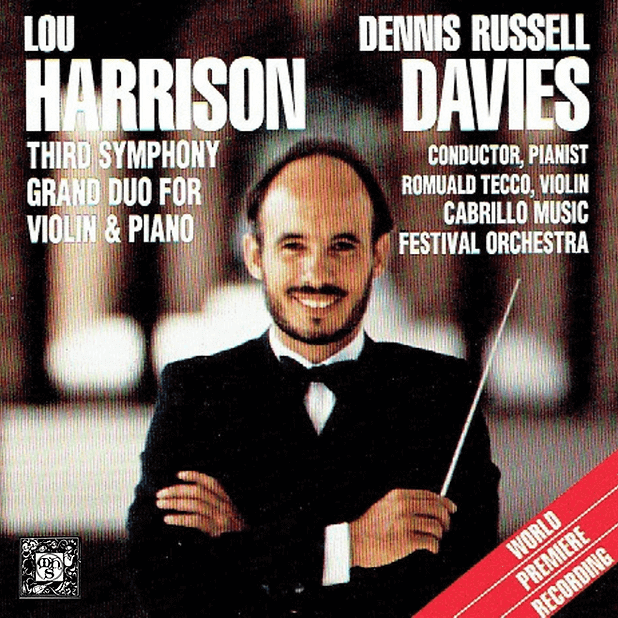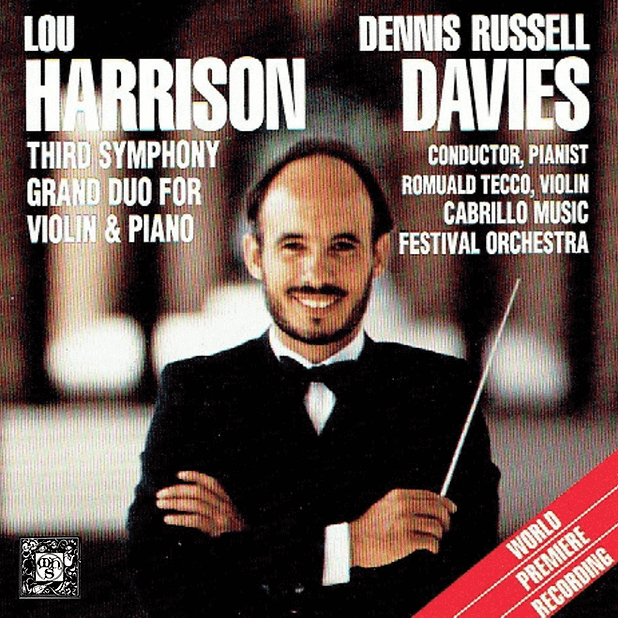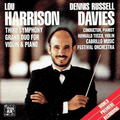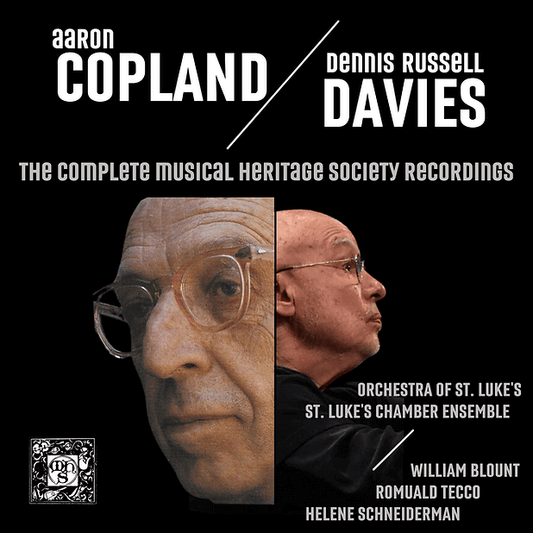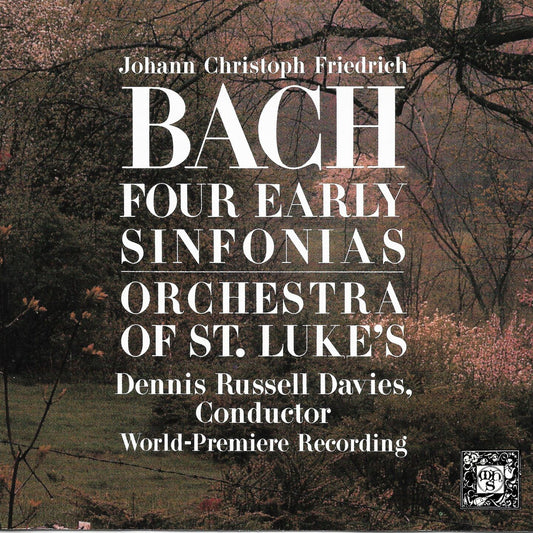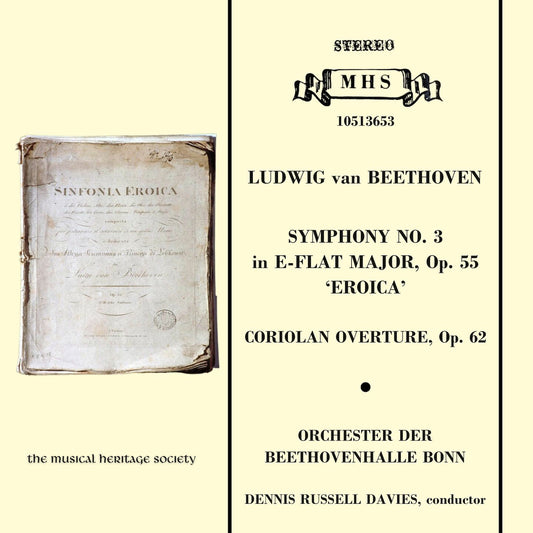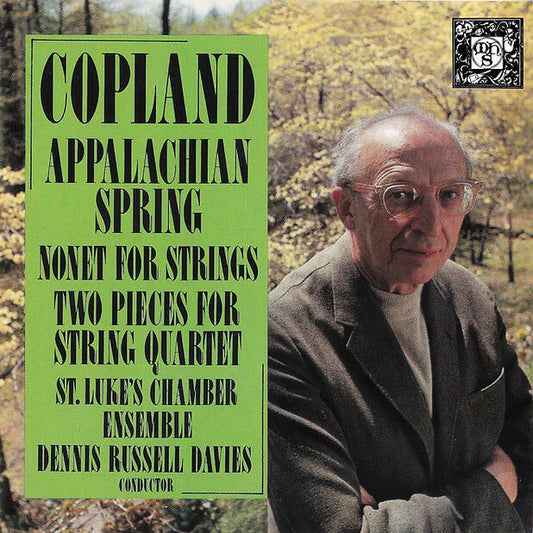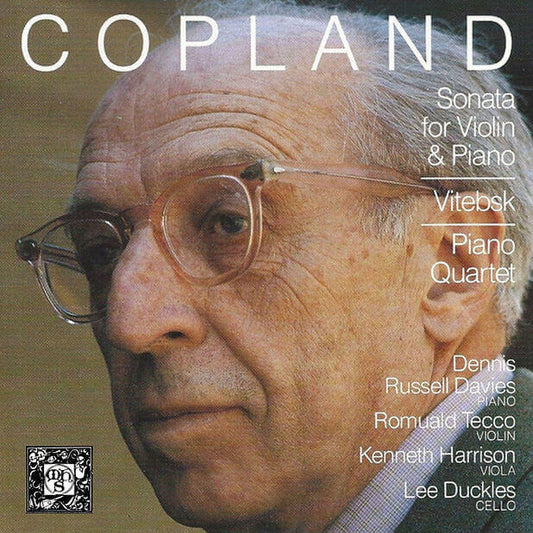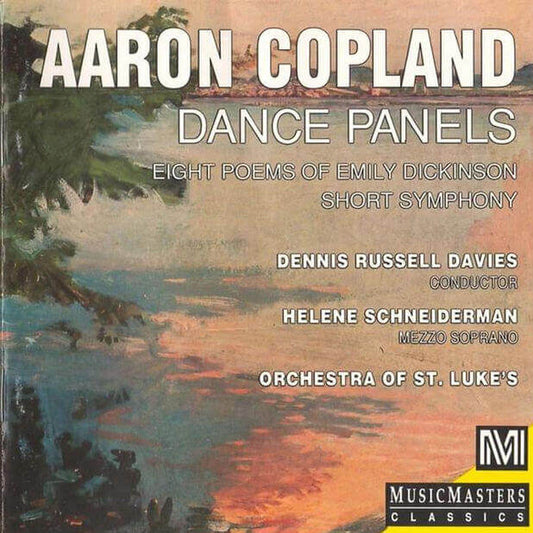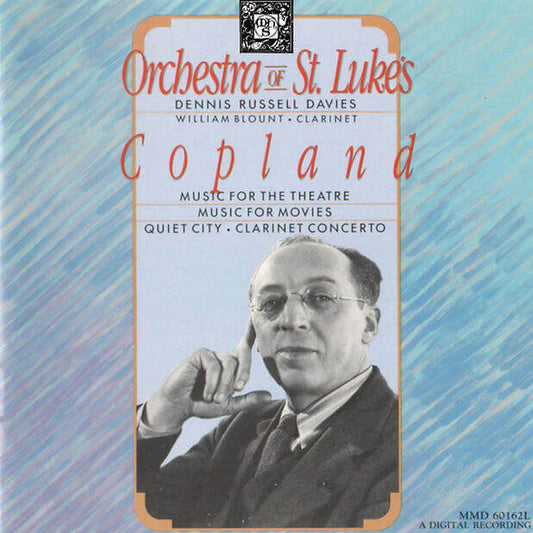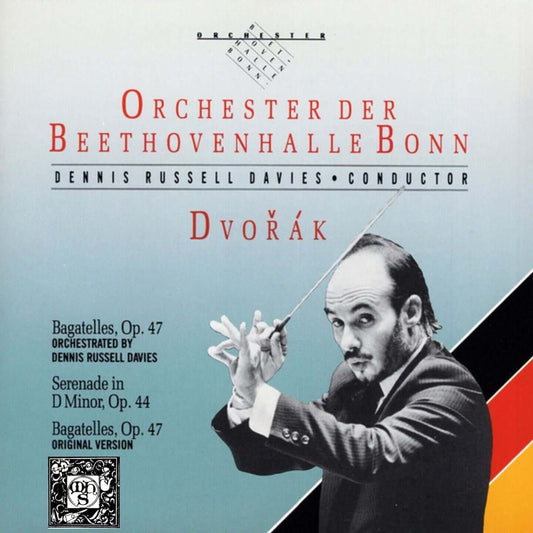The Third Symphony is a six movement work with big outer movements and smaller inner ones. Again, there is a slightly different voice at work here when compared with some of the other pieces in this collection. The Symphony is a joyous work, a sunny, smiling, uncomplicated piece, using music written as long ago as 1942! In one way this is quite an Ivesian composition, with movements being taken from already existing pieces – a light waltz is set up by a threnody, and the whole ends in high spirits. Unlike Ives, there is no catastrophe. There isn’t any overt reference to the gamelan and a more American voice asserts itself in the manner of Copland....
There is a strange, misty quality about the opening movement of the Grand Duo for Violin and Piano. Both instruments seem to be taking it carefully so as not to falter. It’s beautiful and hypnotic, with a long-breathed melody for the fiddle which is self-perpetuating. Often in this work, the two instruments seem to be enjoying separate reveries, which progress simultaneously without regard for each other. But yet, they work well together and each could not exist without the other. It’s a fascinating piece.....
As I have pointed out there might appear to be more than one Lou Harrison at work here – the eastern-influenced composer and the American. But this should not worry us for, as Virgil Thomson has said, “Lou Harrison is not making plastic roses for funeral parlors. He is simply speaking in many personae and many languages. The message itself is pure Harrison. And that message is of joy, dazzling and serene, and even at its most intensely serious, not without laughter.”

